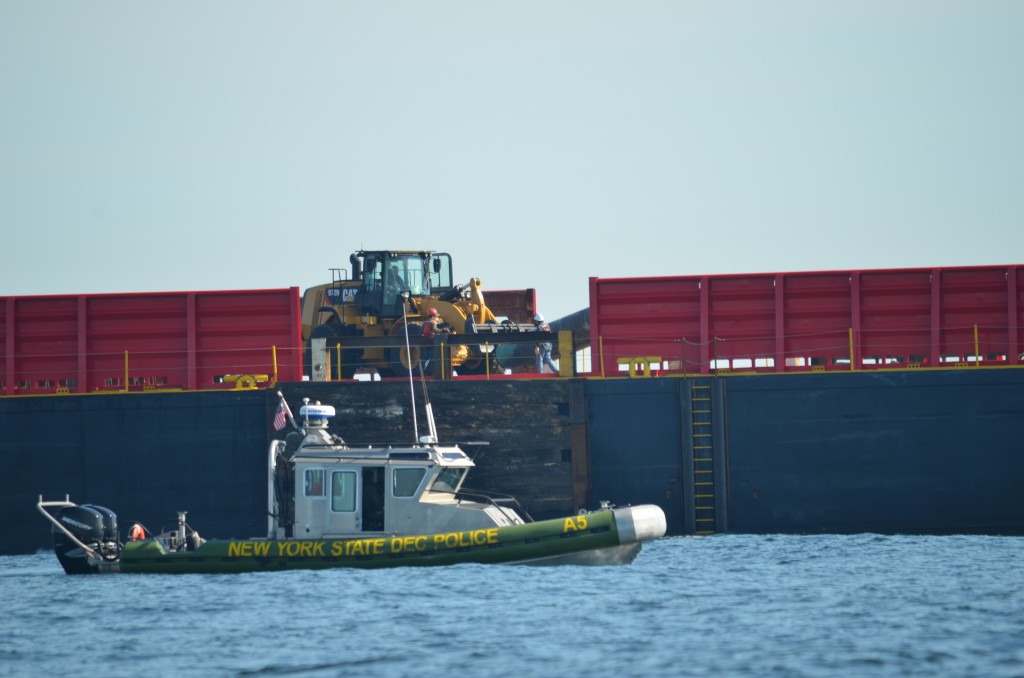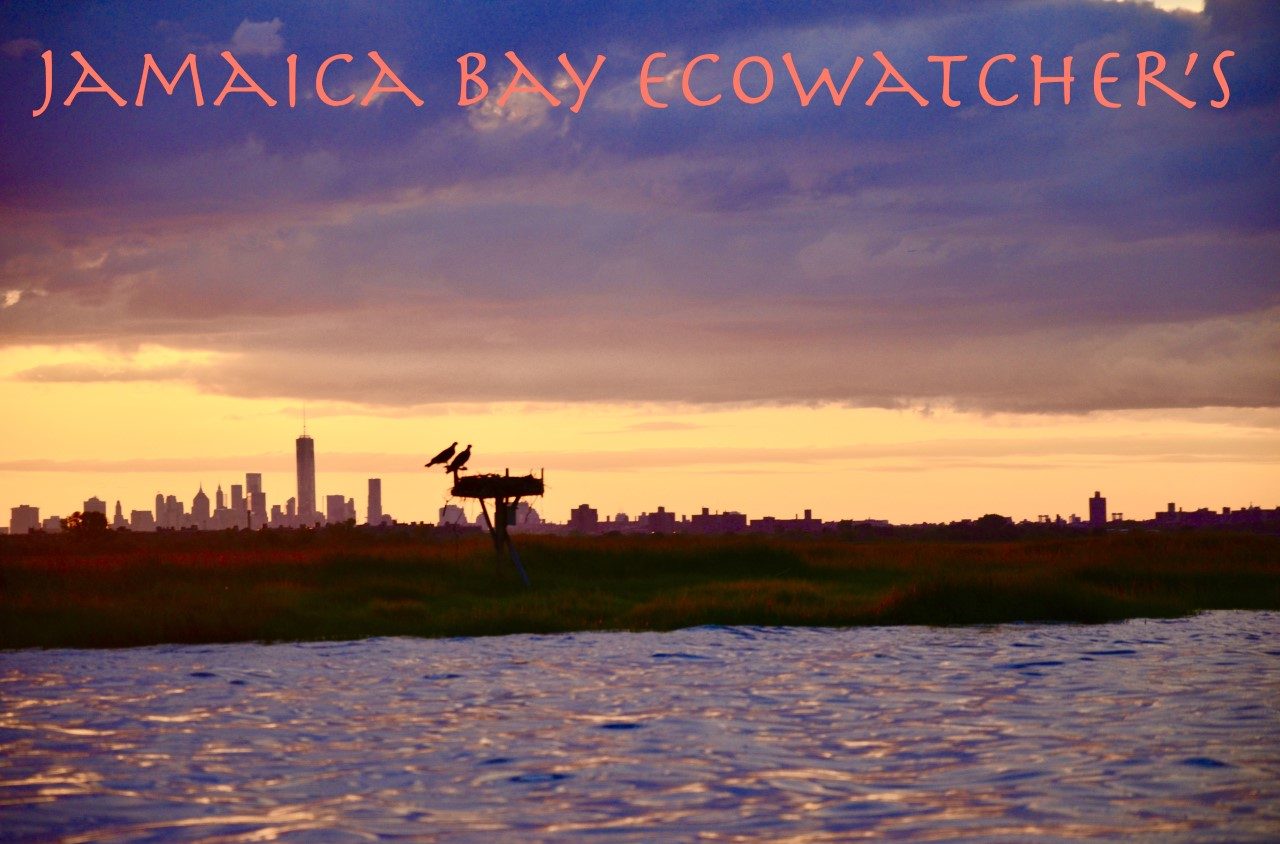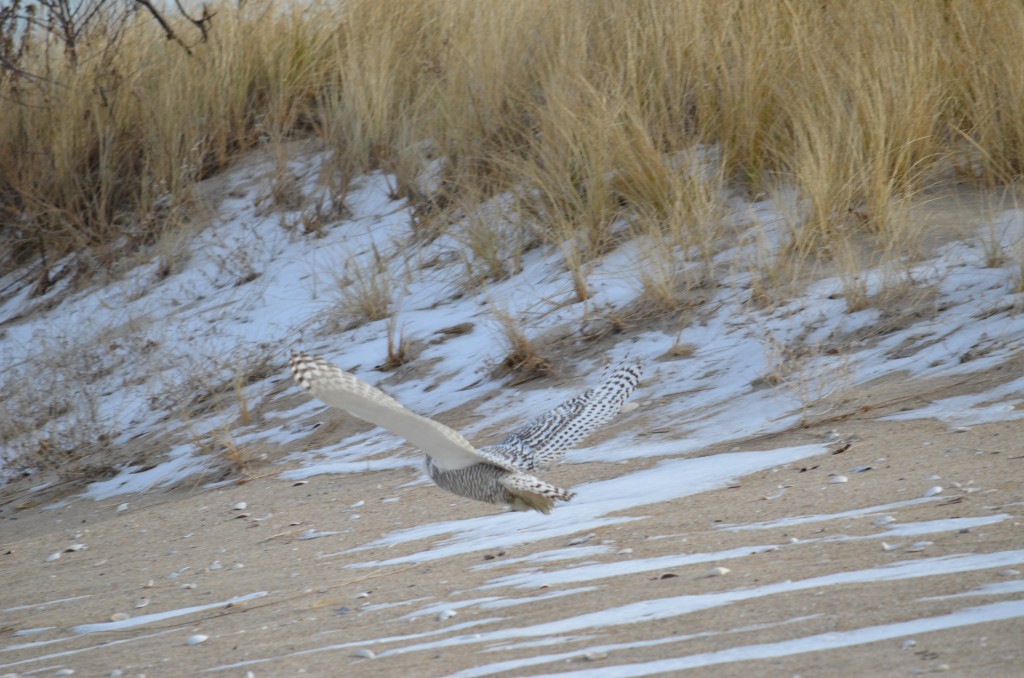For Release: Friday, October 23, 2015
Reef Project Will Improve Fishing and Diving at Rockaway Reef

A new series of man-made reefs will be constructed off the south shore of Long Island to improve marine life habitat and bolster recreational opportunities for fishing and scuba diving, the Department of Environmental Conservation announced today.
Federal and state permits were recently secured for the Rockaway Reef project, and the first placement of materials is happening this week. “The deployment of these new reef building materials will recreate vital marine habitat essential for improving the health of marine fish while also providing benefits for divers and fishermen alike,” said DEC Acting Commissioner Marc Gerstman. “We thank the Army Corps of Engineers for working with DEC to obtain these new permits and to ensure this economically important habitat restoration continues.”
Rockaway Reef, originally permitted in 1965, is a 413-acre area of man-made reefs located 1.6 nautical miles south of Rockaway Beach off Long Island. Under a previous reef permit, thousands of tons of rock, concrete and steel had been placed there over the decades creating important marine habitat. The most current permit had sunset in 1989, resulting in no new material being added to the reef, and recent reports had indicated much of the previously placed material had silted in or collapsed, degrading the habitat created.
Rockaway Reef is one of 11 sites managed through NYSDEC’s Artificial Reef Program, which was established to increase fisheries habitat and provide marine fish and other organisms additional opportunities for shelter and foraging.
Transco-Williams, the company associated with the Rockaway Delivery Lateral Pipeline Project, will pay for the $1.6 million project.
More than 450 sections of concrete coated steel pipe will be placed to expand the network of individual patch reefs throughout the Rockaway Reef site. These patch reefs will provide valuable marine habitat for popular finfish species such as tautog, fluke, black sea bass and scup, as well as for crabs and lobsters.
“I look forward to NYSDEC’s construction of man-made reefs on the southern portion of Rockaway Beach, which will bolster tourism activities, sustain a more well-rounded environment, and foster a healthy habitat for robust marine life,” said Congressman Gregory W. Meeks. “I thank the Governor for his ongoing efforts to bolster Rockaway Beach post-Super Storm Sandy and I look forward to continuing to work with him to enhance our communities.”
“The Rockaway peninsula is flourishing, and is now more vibrant and exciting than ever before,” said Senator Joseph P. Addabbo Jr. “The addition of new reefs will contribute to this by attracting more divers and fisherman to the area while also protecting the water and keeping our environment clean, safe and healthy.”
“The creation of Rockaway Reef in 1965 was a landmark achievement in our efforts to protect coastal habitats and promote marine recreation activities,” said Assemblyman Phil Goldfeder. “In reauthorizing this project, New York State has ensured our community’s continued stewardship of this vital ocean ecosystem. I give tremendous credit to DEC Acting Commissioner Marc Gerstman, Transco Williams and, especially, the Broad Channel Civic Association for their leadership in these efforts.”
The addition of new reef building materials has also received positive feedback from local divers and fishermen. Dan Mundy, Jr. of Jamaica Bay Ecowatchers, said, “The Rockaway Artificial Reef provides an amazing habitat for all types of marine life and a fantastic recreational destination for sport and commercial fishermen as well as scuba divers. The New York State DEC is to be commended for pursuing new permits and much needed enhancements at the site. When completed it will be a huge ecological benefit to this area and will provide additional recreational opportunities.”
The New York Artificial Reef Program is popular with many local fishermen and divers, and party charter boats. It enhances recreational opportunities and helps to support the local economy. Fishermen and divers who access the artificial reefs support local businesses through the purchase of fuel, bait and tackle, marine equipment, and by using for-hire charters and dive vessels.




